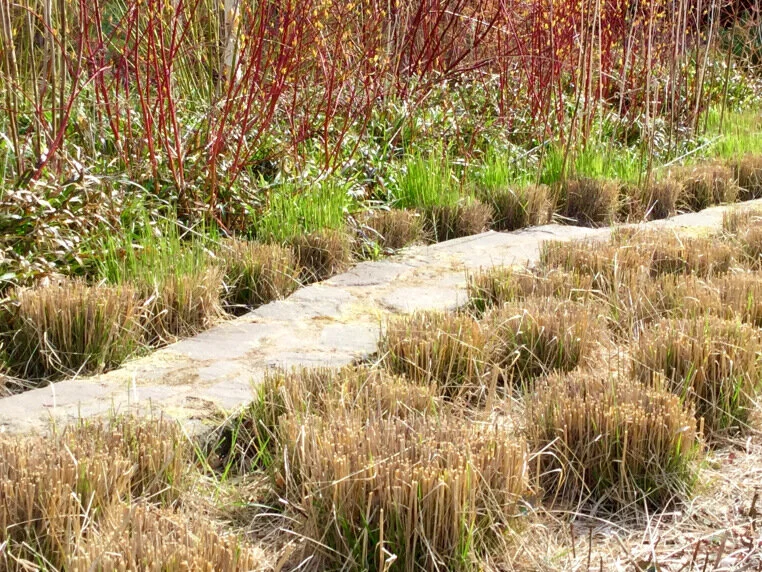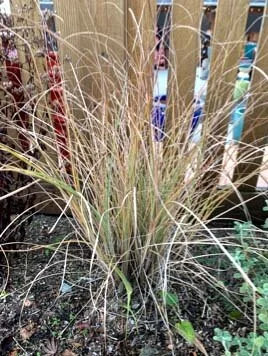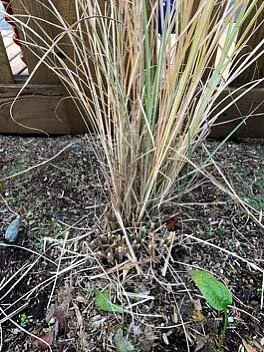Some of the most frequently asked questions by gardeners relate to taking care of their ornamental grasses: “Which grasses do I prune and when should I prune them?”
The easiest way to answer these questions is to divide the grasses into their two major categories:
Evergreen Grasses:
Retain their attractive foliage all throughout the year
Types include Sedges and Rushes as well as other species like Liriope, Seslaria, and Libertia
Non-Evergreen Grasses:
Go dormant in the late fall
Leaves re-emerge from the base in early to mid-spring
Types include Maiden Grasses, Switch Grasses, Feather Reed Grasses, and numerous other species
Evergreen Grasses
Generally, there is no need to prune evergreen grasses. If some light pruning is necessary to remove dead or damaged leaves, it is best to prune back only 1/3 to 1/2 of the plant in late February to early March.
If a grasses’ foliage has become very unsightly due to age or harsh cultural conditions like excessive summer drought or winter freezes, these grasses can be pruned back to about 4 inches from the ground in late March. This will allow them to renew themselves with fresh foliage.
After pruning, make sure to lightly fertilize around the base with an all-purpose organic fertilizer to encourage the best performance while regrowing.
Here is an example of how to prune an unsightly Mexican Feather Grass (Nassella tenuisssima), a popular, low-maintenance and low-water-use grass.
Non-Evergreen Grasses
Non-evergreen grasses normally start to die back and lose their structure after a show of fall color, typically in late October to early November. They can be cut back to the ground at any time after this, preferably by late February to early March when some species begin to push new growth.
Note: The Feather Reed Grasses, particularly Calamagrostis ‘Karl Foerster,’ should be cut back by mid-February.
It is important to cut them back prior to new growth beginning in spring because pruning cuts that damage the new season’s growth will remain unsightly all season on the fresh foliage.
Here is an example of a two-year-old Morning Light Maiden Grass (Miscanthus ‘Morning Light’) in the process of being pruned to the ground in late November.
Pruning Tools
Depending on the size and density of the grass, you can use a small hand pruner, a manual hedge trimmer, a sickle tool, a scythe tool, a power hedge trimmer or, for extremely dense plants, a chain saw. Always wear eye protection when pruning your ornamental grasses!
For further information on varieties of evergreen and non-evergreen grasses, please see our gardening care sheets - Evergreen Ornamental Grasses and Non-Evergreen Ornamental Grasses.
If you have questions, please consult a Swansons Nursery professional for assistance. We’re happy to offer advice in person or over social media with hashtag #heyswansons.












